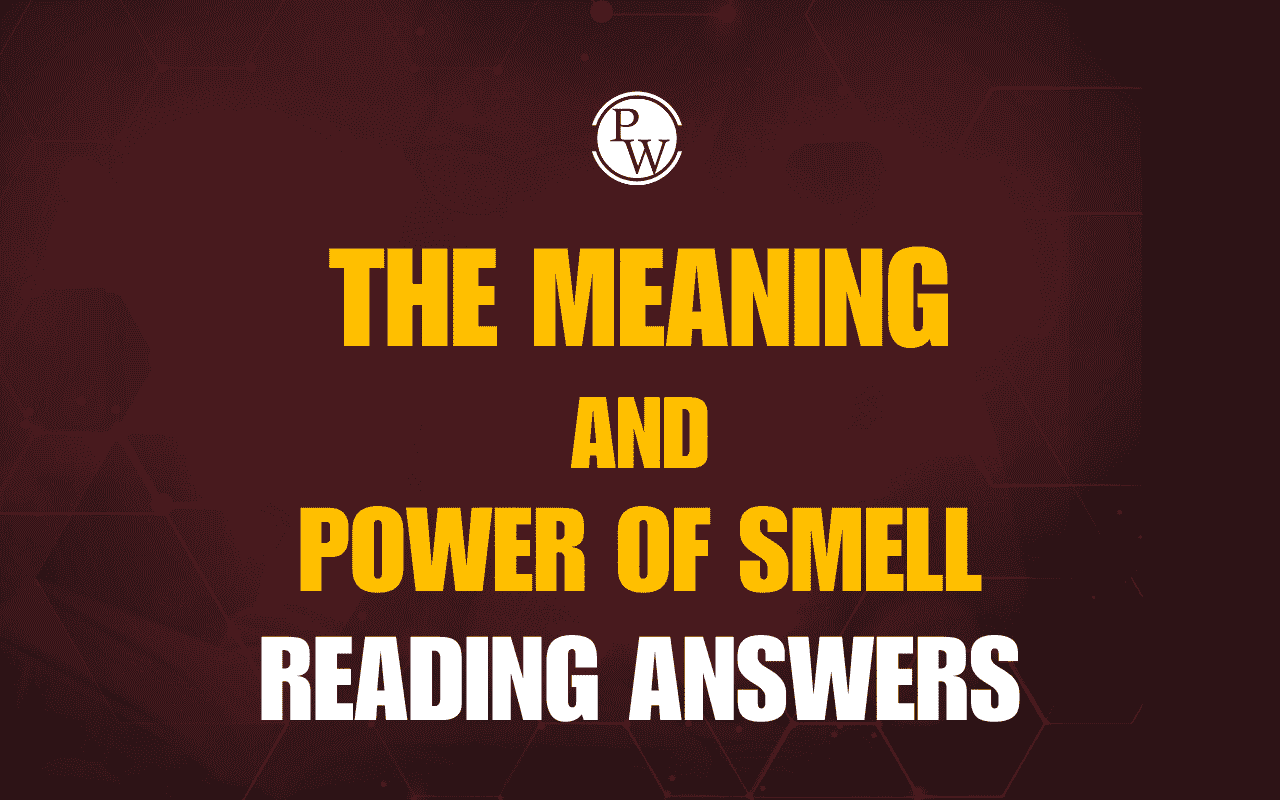
The End of The Email Reading Answers: is an IELTS reading passage that explores how modern technology is changing communication habits, especially in the workplace. With more than 107 trillion emails sent annually, the grip of email on daily life is weakening. This passage challenges candidates to understand social and technological changes, interpret research data, and distinguish between facts and assumptions.
Whether you are preparing for a True/False/Not Given task, summary completion, or matching headings questions, the End of The Email Reading Answers helps you practise with realistic IELTS material. This passage is ideal for learning how to identify key points about evolving digital tools and their effect on productivity and communication.
Free IELTS Reading Practice Tests
IELTS Reading Passage on The End of The Email
Here is IELTS Reading Passage on The End of The Email Reading Answers:
More than 107 trillion emails are sent every year but its grip on your lives is loosening.
A. For several years students of the internet have noticed that young people are abandoning email in favor of alternative electronic ways of staying in touch. A leading US internet research firm, ComScore, recently reported a 59% decline in the use of internet-based email services by 12 to 17 year-olds, an 18% decline among 25 to 35 year-olds, and an 8% fall among 35 to 44 year-olds. There are even signs that email is beginning to lose favor in the workplace too.
B. Europe's largest IT company, Atos Origin, intends to scrap internal emails altogether. Its staff will still use email to correspond with clients and other businesses but to talk among themselves they will adopt a variety of newer services such as instant messaging services and older methods - namely talking face to face. The company's chairman prompted headlines around the world when he mentioned he had not sent an email in more than three years. But in fact, a number of companies have been quietly moving away from using email as the primary way of communicating within the company. Intel, for example, has been experimenting with 'no-email Fridays' encouraging its engineers to solve problems by phone or face to face instead.
C. The move, in part, reflects the preferences of its workers, many of whom are under the age of 30. However, it is also happening because the volume of emails is becoming unsustainable. Employees who usually get 200 emails a day, spend between five and 20 hours a week just clearing their inboxes. The distraction and time-wasting of email have been a regular part of office life for more than a decade. More than 107 trillion are now sent each year, of which half are spam. The rest are a mix of round robins, personal messages and badly written memos that pile up in archives and do little to
boost productivity. Research shows that it takes 64 seconds to regain concentration after reading an email and when you consider that US office workers have been measured checking their emails and swapping windows on their computer screens an average of 37 times an hour, that adds up to major distraction.
D. Employees will be expected to use collaboration and social media tools instead of email to communicate with co-workers. In English, that means newer types of electronic messaging services. One such service is instant messaging. Devised in the 1990s by people playing games on the net, instant messaging or IM is much simpler and more responsive than email. IM users can see when colleagues are online and then communicate in small, continuous trails of dialogues on their screens, much more like a phone call. These messages tend to be deleted as they go, thus avoiding clogged up email inboxes and archives. Less formal than email, they are also a far more efficient way of, for example, trying to arrange a meeting. IM or 'chat' facilities often form part of larger social networks, such as Facebook and Twitter.
E. The immediacy of these synchronous messaging systems enable people to stay in touch and broadcast information to each other their location, activities, plans and daily schedules without the need for constant emailing.'Status updates' in which users post
a simple message that can be read by all their contacts, enable people to see and share information that might not be worth an email but can be useful nonetheless. All such 'easy chat' services were born of engagement with the internet that just didn't exist when email overtook the world of communication in the early 1990s.
F. Until about a decade ago, most neuroscientists thought the brain stopped developing after childhood. But the constant distraction and torrent of information that we subject ourselves to via email, surfing the web, TY, multi-tasking - is now thought to alter the way we think. The new technology is, in effect, rewiring our brains. Scientists have drawn parallels between the use of electronic communication and addiction to food stimulants that release small amounts of dopamine in the brain. We feel a buzz of excitement when a message arrives, which then fades, leaving us feeling flat and bored until the next one comes. But whether this makes us less productive is open to
question. Research has found that people work better in bursts of concentration interrupted by breaks even for pointless emails- then long sustained spells.
G. There are still an estimated three billion email accounts in the world, a figure that dwarfs any other form of communication. Email also retains several distinguishing qualities. Unlike the galaxy of social networks and IM services on the internet all requiring different accounts and often their own software email systems are all fundamentally compatible. It doesn't matter which program you send it from. And even its annoyances contain advantages: mail archives have proved to be hugely valuable, and because it is an asynchronous medium (the recipients choose when to open their messages) this means we can try and preserve some control Over our time. This is not the end of the email, it will remain a bedrock of businesses for some time to come. It's simply the end of its monopoly.
Also Read:
The End of The Email Reading Answers
Questions 1–6
Do the following statements agree with the information given in the passage?
Write:
TRUE – if the statement agrees with the information
FALSE – if the statement contradicts the information
NOT GIVEN – if there is no information on this
-
Young people are increasingly choosing other forms of digital communication over email.
-
Atos Origin plans to stop using all forms of email.
-
Email spam contributes to a reduction in workplace productivity.
-
Instant messaging services are as formal as email communication.
-
Twitter was the first platform to introduce instant messaging.
-
All scientists agree that email use negatively affects brain function.
Questions 7–10
Complete the summary using ONE WORD ONLY from the passage.
Summary:
Some companies are encouraging workers to reduce their use of email because of the time it wastes and the distraction it causes. Instant (7)______ services offer a faster and more responsive alternative. These tools, often built into social (8)______, allow people to share status updates and short messages in real time. Some researchers believe the constant flow of messages can affect brain (9)______, comparing email addiction to the effect of certain (10)______ on the brain.
Questions 11–13
Choose the correct letter, A, B, C or D.
11. Why is email still widely used despite newer options?
A. It is completely free for users.
B. It offers compatibility across all systems.
C. It does not require internet access.
D. It has better privacy controls.
12. What is one benefit of email’s asynchronous nature?
A. It provides instant feedback.
B. It requires fewer passwords.
C. It helps users manage their time.
D. It keeps conversations private.
13. What is the writer’s final opinion about email?
A. It is completely outdated.
B. It will be replaced very soon.
C. It will remain essential in business.
D. It is only useful for spam.
IELTS Reading Answers for The End of The Email
The end of the email IELTS reading explanation
|
Question |
Answer |
Explanation |
|---|---|---|
|
1 |
TRUE |
Paragraph A shows usage of email is decreasing, especially among young people. |
|
2 |
FALSE |
Atos Origin is only stopping internal emails, not external ones. |
|
3 |
TRUE |
Paragraph C mentions email spam contributes to distraction and reduced productivity. |
|
4 |
FALSE |
Instant messaging is described as less formal than email. |
|
5 |
FALSE |
Twitter is not mentioned as the first to use IM. IM began in the 1990s among gamers. |
|
6 |
NOT GIVEN |
The text mentions debate among scientists but no consensus. |
|
7 |
messaging |
Instant messaging services are alternatives to email. |
|
8 |
networks |
Social networks like Facebook and Twitter include messaging features. |
|
9 |
development |
Paragraph F explains how email rewires or influences brain development. |
|
10 |
stimulants |
The comparison is made between email and addictive stimulants. |
|
11 |
B |
Email remains universal and compatible, unlike social media platforms. |
|
12 |
C |
Email allows users to check messages at their convenience, aiding time control. |
|
13 |
C |
The final paragraph suggests email will remain a core tool in business. |
| IELTS Reading Band Score | IELTS Listening Band Score |
| IELTS Speaking Band Score | IELTS Writing Band Score |
Guidance of PW IELTS
Physics Wallah offers a few popular online IELTS courses for all students. Follow the latest IELTS articles to better prepare for the exam.
| IELTS Registration | IELTS Eligibility Criteria |
| IELTS Exam Pattern | IELTS Syllabus |
| IELTS Exam Dates | IDP IELTS Test Centers |













